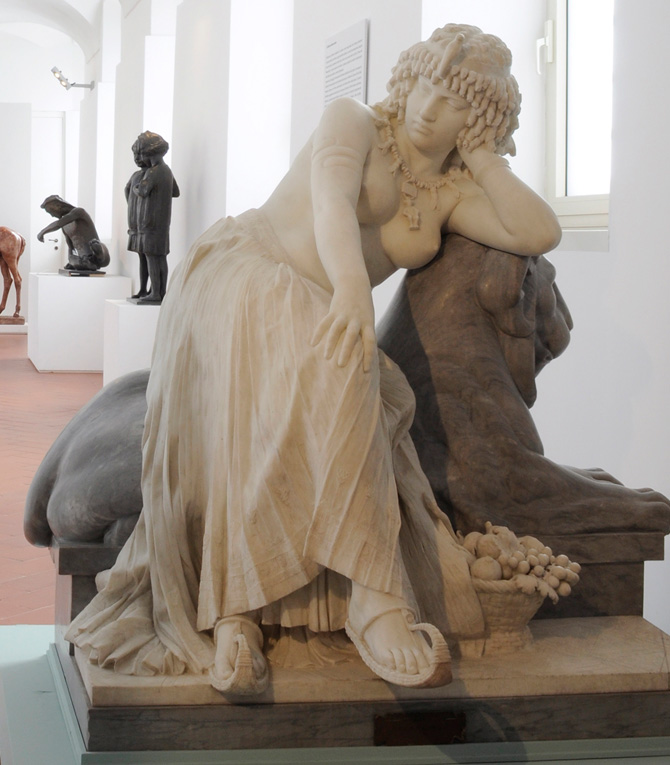The Kargaly/Wusun diadem 2nd C. BCE - 2nd C. CE
"According to Chinese archaeologists, the excavated skeletal remains presumed to be Wusun are of the short-headed Europoid Central Asian interfluvial type (Mallory Mair 2000: 93-94). On the basis of six skulls from the last centuries BC/first centuries AD found in Semirechye and presumed to be those of the Wusun, Soviet archaeologists have described them as ranging from primarily Europoid with some Mongoloid admixture to pure Europeans (Mallory Mair 2000: 93-94). Evidence from ancient Chinese texts is contradictory about the appearance of these peoples and only DNA and other types of scientific testing will bring clarity to this issue.
Although gold artefacts and inlay can be found dating from the Late Neolithic through to the Bronze Age in China, it was most prevalent in its borderlands (Bunker 1993: 27-46) until the Qin and Han, when it found preference on a broader scale.
In addition, the lost-wax lost-textile casting technology was developed and used (Bunker 1988: 222-27) in the area adjacent to the very tombs from where the iconography and style of the diadem hails. Observations about the inlay technology used on the diadem are important clues as well. Inlay appeared on Chinese-produced objects almost exclusively where a cell was created into which the stone was placed and adhered with some fixative (Bunker 1993). This is not the technique used to produce the diadem, where the gold was hammered into a matrix-template, then engraved (or chased) on the surface. Many of the cells for inlay were created in the hammering process and after the stones were in place, secured by hammering the bezels surrounding each stone. In addition, there were pierced cells filled from behind with stone and secured with the addition of a gold sheet adhered behind the stone. Items produced using such techniques would probably not have been created in Chinese foundries.
Moreover, gold animal plaques known from earlier Xiongnu tombs (third century BC) use inlay to enhance the natural conformation of the beasts (Figure 5). By placing inlays at the points of movement such as at the haunches of quadrupeds or at the wing joints of birds, the potential of movement and thereby the power of these wild creatures is underscored. Inlays also mark such features as eyes. On the Kargaly diadem, however, circular inlays are used decoratively as a patterned design, still often at the haunches, but also throughout the clouds. They no longer emphasize the natural form or movement of the animals or the clouds, but create an overall pattern. This recommends a later date for the diadem, perhaps late first or second century AD.
But why would such models be used in south-eastern Kazakhstan at this time? This is a unique piece—its style and iconography were nor known before or after in the region. The models for the iconography were taken from types known near Han imperial military outposts in a place where the Chinese hoped their troops could contain barbarian incursions and where peace and stability were difficult to maintain. Those units often included conscripts whose allegiance was opportunistic. The models for diadems (Stark 2012: 134) or for applications to adorn carts or clothing come from further west.
So, was this piece made in the Western Regions, in the territory beyond the Jade Gate of the Great Wall (in present day Gansu) that marked the boundary of Han hegemony, and then carried west? Was it perhaps made as a gift for an embassy to present to a Wusun or Yuezhi leader far outside of Han territory, such as in Wusun? Or, alternatively, was it carried by a regional princess to her place of exile and burial as the partner of one of those 'foreign' leaders?"
-Katheryn Linduff, Immortals in a foreign land: the Kargaly diadem. 2014, Antiquity, Vol 88, issue 339
 |
| Location of the find, from Katheryn's article. |
Source:
Quote:
.jpg)




Comments
Post a Comment